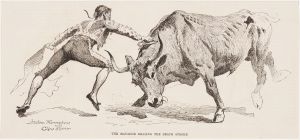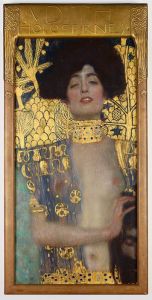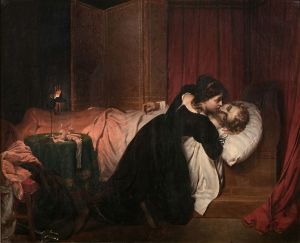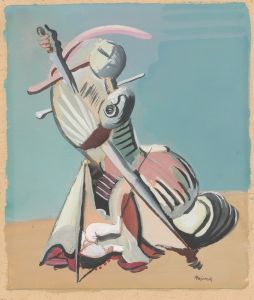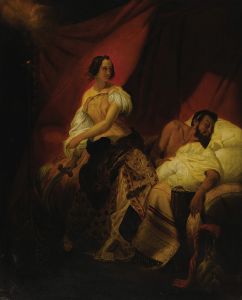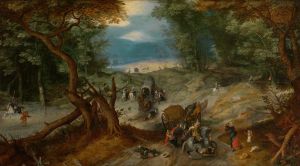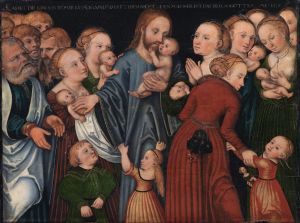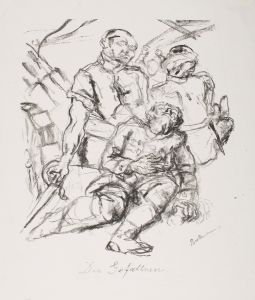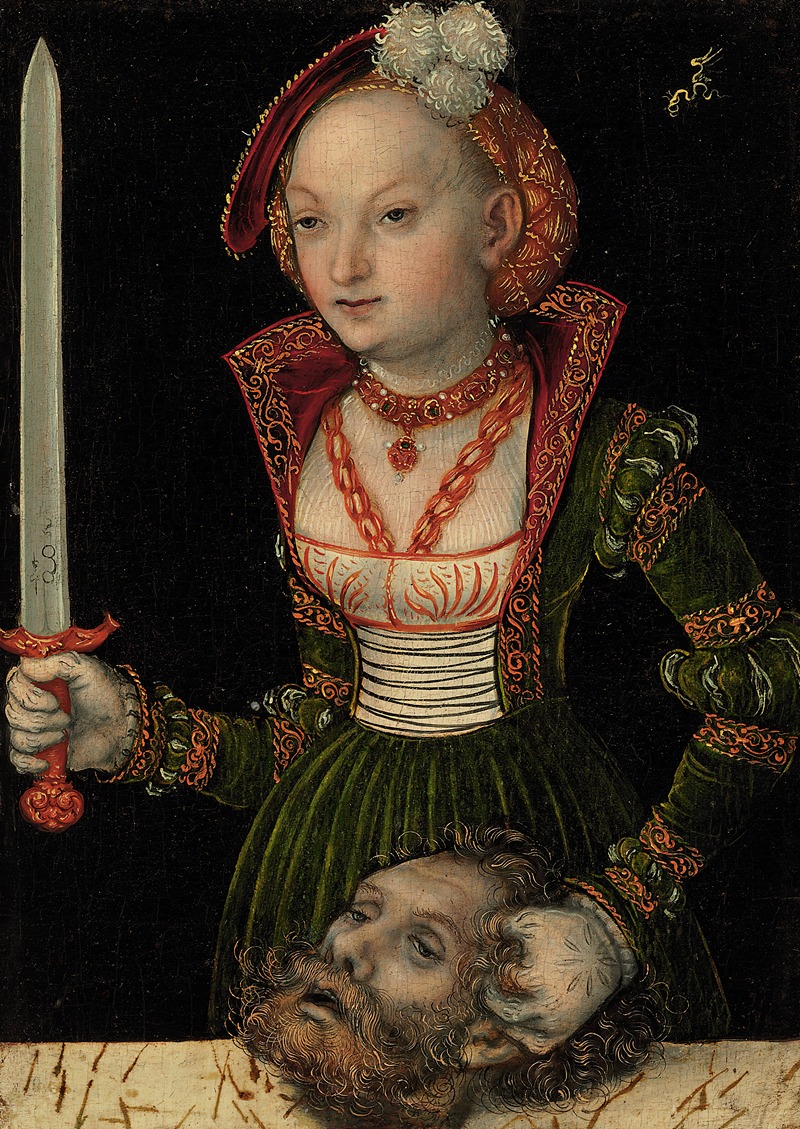
Judith and Holofernes
A hand-painted replica of Lucas Cranach the Elder’s masterpiece Judith and Holofernes, meticulously crafted by professional artists to capture the true essence of the original. Each piece is created with museum-quality canvas and rare mineral pigments, carefully painted by experienced artists with delicate brushstrokes and rich, layered colors to perfectly recreate the texture of the original artwork. Unlike machine-printed reproductions, this hand-painted version brings the painting to life, infused with the artist’s emotions and skill in every stroke. Whether for personal collection or home decoration, it instantly elevates the artistic atmosphere of any space.
"Judith and Holofernes" is a painting by Lucas Cranach the Elder, a prominent German Renaissance artist. Cranach was known for his portraits, religious subjects, and mythological scenes, and he served as the court painter to the Electors of Saxony for most of his career. This particular work, "Judith and Holofernes," is one of several paintings Cranach created depicting the biblical story of Judith, a Jewish widow who saves her city from the Assyrian general Holofernes by seducing and then beheading him.
The painting captures the moment after Judith has decapitated Holofernes. She stands triumphantly, holding the sword in one hand and the severed head of Holofernes in the other. Judith is often depicted as a symbol of virtue and courage, and Cranach's portrayal emphasizes her strength and determination. The composition typically features Judith in elaborate Renaissance attire, which contrasts with the gruesome nature of her act, highlighting the juxtaposition of beauty and violence.
Cranach's style is characterized by precise lines, attention to detail, and a rich use of color. In "Judith and Holofernes," these elements are evident in the intricate patterns of Judith's clothing and the realistic rendering of the figures. The background is usually kept simple, focusing the viewer's attention on the central figures and the dramatic action.
Lucas Cranach the Elder painted multiple versions of "Judith and Holofernes," each with slight variations in composition and detail. These works are housed in various museums and collections around the world, reflecting the enduring popularity of the subject and Cranach's interpretation of it. One notable version is part of the collection at the Kunsthistorisches Museum in Vienna, Austria.
Cranach's depiction of Judith aligns with the broader Renaissance interest in classical themes and humanist ideals. The story of Judith was a popular subject during this period, as it resonated with contemporary themes of heroism, virtue, and the struggle against tyranny. Cranach's interpretation contributes to this tradition, offering a powerful visual representation of a timeless narrative.
Overall, "Judith and Holofernes" by Lucas Cranach the Elder is a significant work that showcases the artist's skill and the thematic interests of the Renaissance. It remains an important piece for understanding both Cranach's oeuvre and the broader cultural context of the time.





